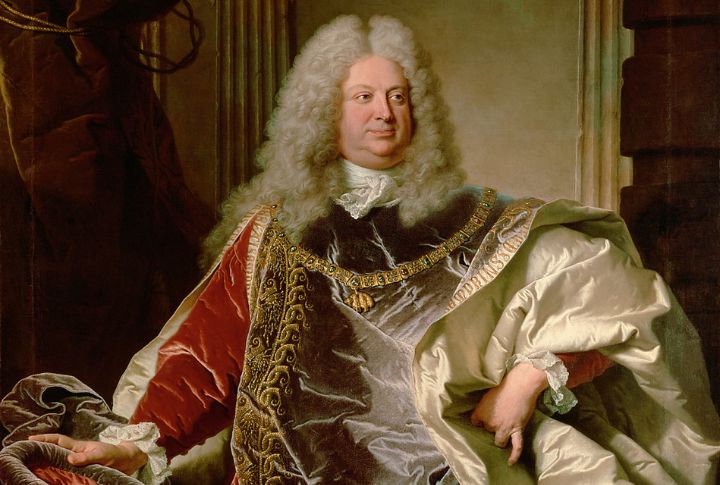
Looting during and after World War II led to a massive trade in Nazi memorabilia. Apart from medals and trophies, soldiers and civilians took off with anything they could get their hands on, often intending to preserve pieces of history or sometimes simply for profit. Here’s a look at some of those artifacts.
Nazi Medals And Decorations
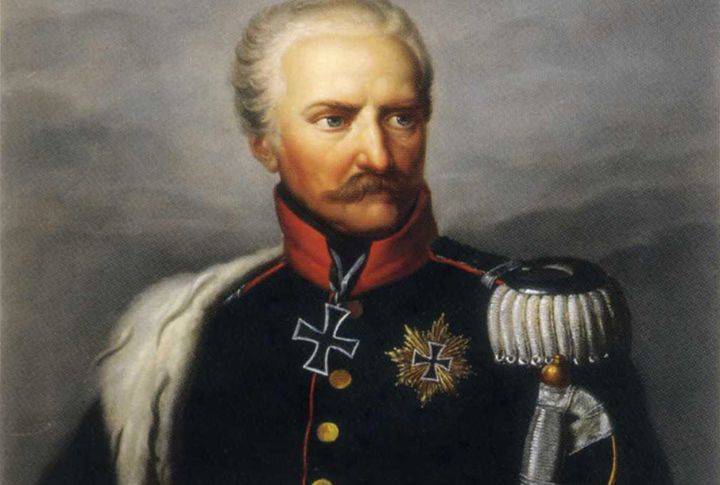
Among the most sought-after war trophies are the various medals and decorations awarded by the Nazi regime. The Iron Cross, which was awarded to soldiers for their “acts of bravery,” became one of the most iconic symbols of WWII.
Personal Items Of German Officers
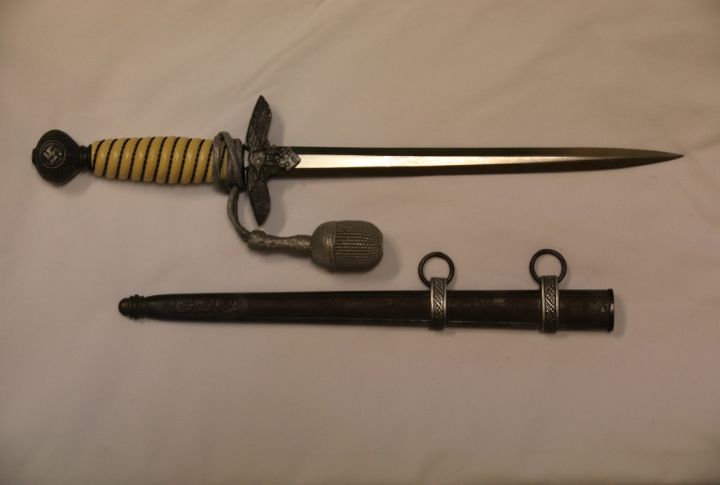
German officers’ items, like their uniforms, daggers, and insignia, have become coveted by collectors. Some see these items as a reminder of the military’s influence, while others simply want to own a piece of history, no matter how controversial.
Nazi Weapons And Military Equipment
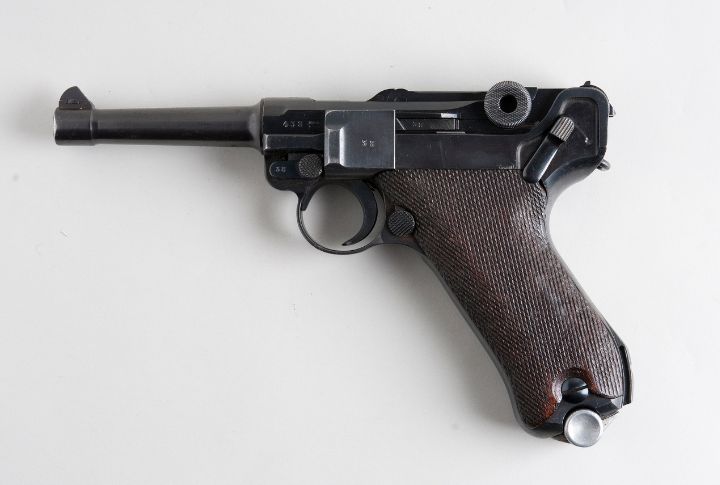
German military weapons, like Luger pistols and Mauser rifles, continue to attract many collectors. These war trophies were often seen as symbols of the power and might of the Nazi regime. Some people even took tanks and artillery pieces.
Nazi Flags And Banners

One of the most coveted items from WWII is the Nazi flag. These symbols of the Third Reich were often looted from government buildings and military sites. Their high demand, coupled with their controversial symbolism, makes them both a fascinating and divisive artifact.
The Amber Room
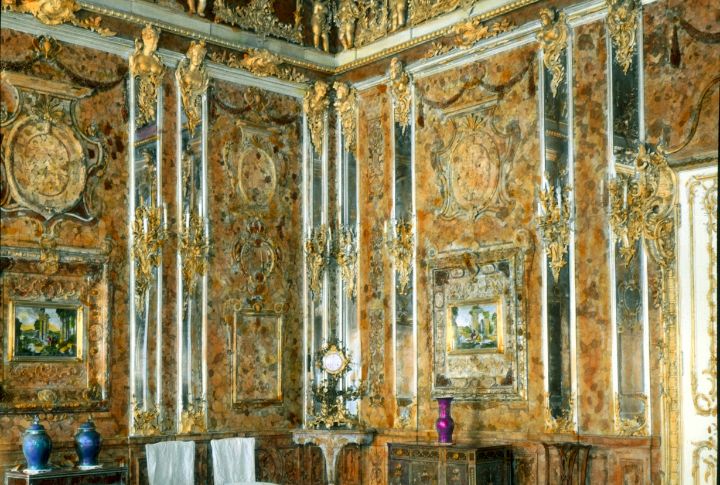
A legendary chamber made of amber panels, gold leaf, and mirrors, originally housed in the Catherine Palace near St. Petersburg. The Nazis dismantled and transported it in 1941. Its fate remains one of the greatest unsolved art theft mysteries.
Cultural Treasures From Jewish Families
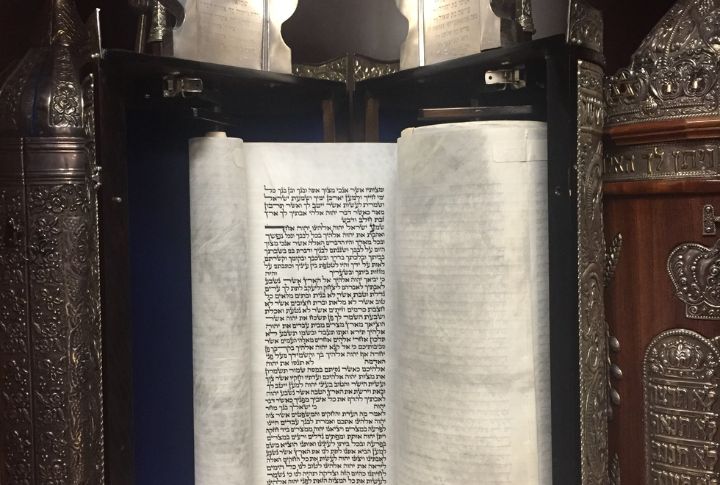
The Nazis systematically looted homes of Jewish families across Europe—stealing everything from heirloom jewelry and Torah scrolls to grand pianos, family photo albums, and antique furnishings. Many of these items remain unreturned.
The Ghent Altarpiece
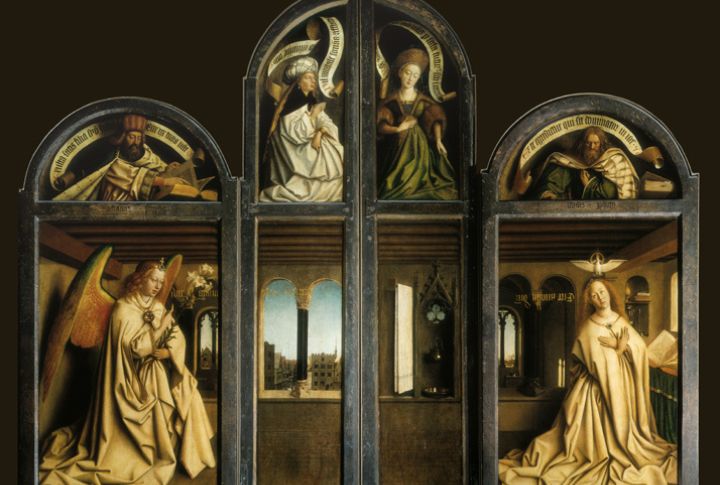
This 15th-century masterpiece was robbed by the Nazis from St. Bavo’s Cathedral. It was targeted by Hitler himself and hidden in a salt mine in Austria. The Altarpiece was later recovered by the Monuments Men after the war.
The Crown Jewels Of The Austrian Empire
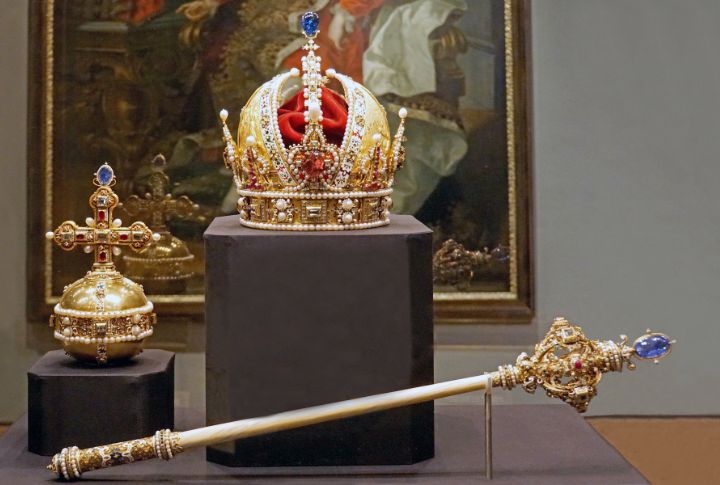
When the Nazis annexed Austria in 1938 (the Anschluss), they seized state treasures, including parts of the Habsburg crown jewels housed in Vienna’s Hofburg Palace. Some were retained by Nazi authorities, but what happened to others remains a mystery. These regal artifacts symbolized Austria’s imperial past and were used to legitimize Nazi dominance.
Religious Artifacts From Synagogues
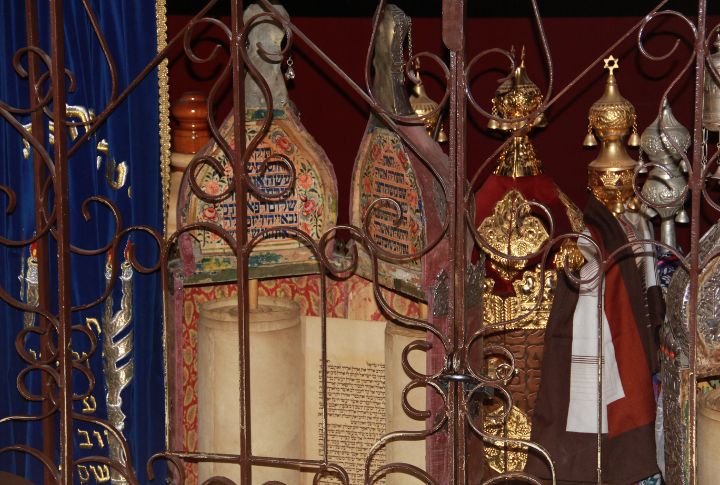
During the occupation of Poland, the Nazis snatched many religious artifacts from synagogues before destroying them. A lot of those artifacts have still not been recovered. These pieces include ornate menorahs, Torah crowns, and other ceremonial items.
Private Art Collections

The Nazi regime targeted wealthy Jewish collectors like the Rothschilds in France and Austria. Thousands of paintings, sculptures, and rare books were seized by them. All those collections got absorbed into Nazi-controlled galleries or personal collections of top officials like Hermann Goring.
